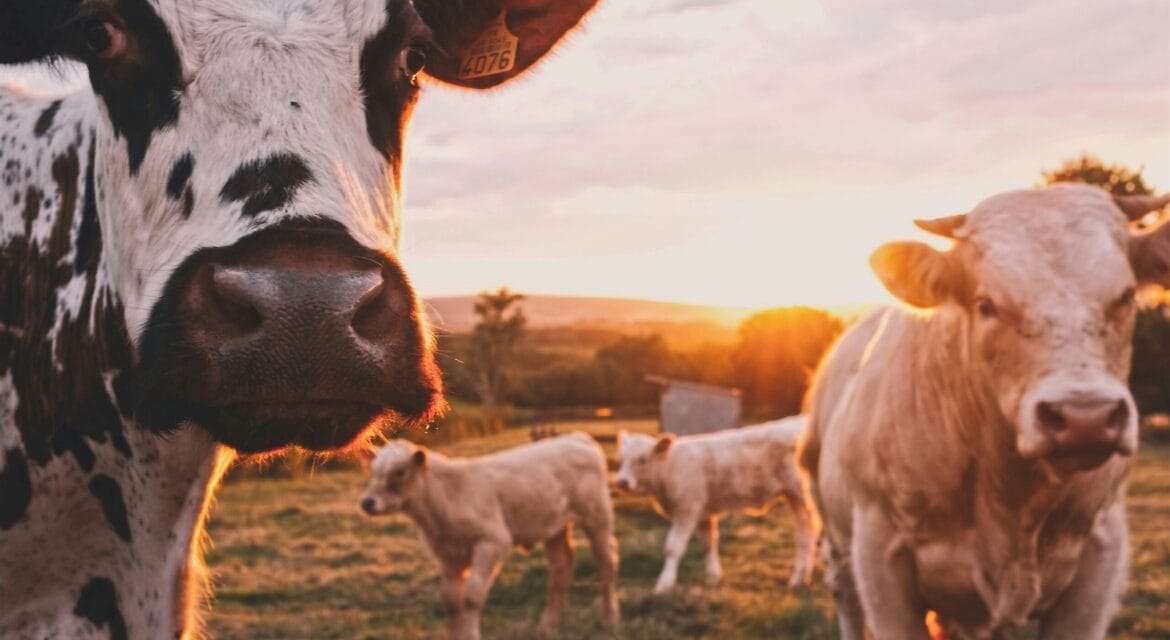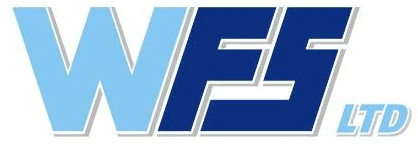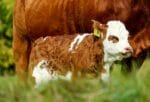No products in the cart.
 7 Oct
7 OctThe Essential Guide to Dairy Supplies: What You Need to Know
Understanding Dairy Supplies: An Overview
Dairy supplies play a crucial role in the dairy industry, encompassing a wide range of products essential for the production, processing, and distribution of dairy products. These supplies are integral to maintaining quality and safety standards while ensuring efficiency in operations. Understanding the various types of dairy supplies is vital for anyone involved in dairy farming and processing.
One of the primary categories of dairy supplies includes milk containers. These containers are designed to store and transport milk safely, preventing contamination and maintaining freshness. Various types of containers, such as bulk tanks and smaller jugs, serve different functions depending on the scale of the dairy operation. Moreover, the materials used for these containers contribute significantly to hygiene and the overall quality of milk.
Cooling systems are another essential aspect of dairy supplies. They are imperative for preserving milk quality by preventing spoilage during storage and transportation. These systems can range from large-scale cooling tanks used on farms to smaller refrigeration units at processing plants. With proper cooling mechanisms, dairy producers can ensure that milk retains its flavor and nutritional value longer.
Processing equipment also falls under the umbrella of dairy supplies. This category includes machinery and tools used to transform raw milk into various dairy products such as cheese, yogurt, and butter. Each piece of equipment is designed for specific processes, ensuring that each product meets industry standards for safety and quality. Lastly, packaging materials are critical for the final delivery of dairy goods to consumers. The right packaging not only preserves product integrity but also provides important information to consumers, such as expiration dates and nutritional content.
In summary, understanding the essentials of dairy supplies is fundamental for anyone engaged in the dairy sector. From milk containers to processing equipment and packaging materials, each component plays a significant role in the efficient production and distribution of dairy products, ultimately contributing to the health and wellness of consumers.
Key Dairy Supplies for Efficient Operations
Efficient dairy operations rely heavily on a range of essential supplies that streamline processes and ensure quality production. Among these, milking machines stand out as a critical component. These machines expedite the milking process, reducing physical strain on farmworkers while increasing the volume of milk collected per session. Modern milking machines come equipped with features such as automatic pulsation and responsive sensors, which minimize the risk of injury to cows, promoting better animal welfare and increasing overall productivity.
Another indispensable dairy supply is the pasteurizer. Pasteurization is vital for eliminating harmful bacteria and extending the shelf-life of dairy products. By investing in a high-quality pasteurizer, dairy operators can ensure that milk is processed swiftly and reliably. This not only helps in maintaining product safety but also aligns with regulations and consumer expectations regarding food safety standards.
Storage tanks are equally important in dairy operations, providing the necessary environment for milk preservation. These tanks must be designed to maintain optimal temperatures to inhibit bacterial growth and ensure the integrity of the milk during storage and transport. Properly insulated tanks can significantly reduce energy consumption, further enhancing operational efficiency and lowering costs.
Investing in the right dairy supplies—including milking machines, pasteurizers, and storage tanks—translates into diminished waste and improved operational outcomes, benefiting both small-scale and large-scale dairy farms. By analyzing the specific needs of the operation and carefully selecting equipment that meets those requirements, dairy farmers can foster a more productive environment, enhance product quality, and ultimately increase profitability. A strategic approach to dairy supply acquisition not only addresses immediate operational demands but also positions farms for sustainable growth in the competitive dairy market.
Best Practice Tips for Choosing Dairy Supplies
Selecting the appropriate dairy supplies is a crucial process that demands careful consideration of various factors. First and foremost, durability should be at the forefront of your decision-making process. Dairy supplies, from equipment to packaging, must withstand rigorous usage while complying with industry standards. Investing in high-quality materials not only improves the longevity of your supplies but also ensures that your dairy products are maintained in optimal conditions.
Another significant aspect to consider is cost. While it may be tempting to opt for the lowest-priced option, it is essential to evaluate the overall value that a product offers. This often involves comparing prices against features, warranties, and expected lifespan. More often than not, a moderately priced supply that offers superior technology or better safety features can lead to greater savings in the long run.
Technology features are increasingly relevant in the dairy industry. Choose dairy supplies that integrate innovative technology to enhance productivity, improve safety, and streamline processes. Modern equipment often comes with advancements such as real-time monitoring systems, which can be particularly beneficial for maintaining product quality and adhering to health regulations.
Compliance with food safety regulations cannot be overlooked. Ensure that the supplies you are considering meet the latest industry standards, as this is critical to both consumer safety and business reputation. Familiarize yourself with the specific regulations governing dairy products in your region, and confirm that your chosen supplies align with these requirements.
Furthermore, reviewing supplier reliability and customer service is key. Research potential suppliers thoroughly; look at their track records in terms of product delivery, support, and how they handle customer inquiries. Additionally, reading product reviews is an invaluable way to gather insights from other users. Be sure to assess both positive and negative feedback to make well-informed purchasing decisions.
Sustainability in Dairy Supply Chains
The dairy industry has seen a significant shift towards sustainability in recent years, as stakeholders recognize the importance of reducing their environmental impact. Sustainable practices within dairy supply chains are not only beneficial for the planet but can also enhance operational efficiency and consumer trust. One crucial aspect of this shift involves the selection of eco-friendly dairy supplies that minimize harm to the environment.
One prominent avenue for improving sustainability is through the adoption of sustainable packaging options. Packaging plays a significant role in the dairy supply chain, influencing waste generation and resource consumption. By utilizing biodegradable, recyclable, or reusable materials, dairy producers can significantly lower their carbon footprint. For instance, some companies have started experimenting with plant-based packaging alternatives, which help to diminish reliance on conventional plastics.
In addition to packaging, energy-efficient equipment is crucial for promoting sustainability. Dairy farms can benefit from investing in advanced machinery that uses less energy while optimizing productivity. For example, energy-efficient milking systems can reduce overall electricity consumption, thereby contributing to lower greenhouse gas emissions. Furthermore, installing solar panels or wind turbines can provide renewable energy sources, helping to offset traditional energy usage.
Practices aimed at minimizing waste also play a vital role in fostering sustainability within the dairy supply chain. Implementing waste reduction strategies, such as composting animal manure and reusing by-products, can significantly decrease the volume of waste produced on farms. Many progressive dairy producers have collaborated with local communities to promote circular economy practices, ensuring that resources are used efficiently throughout the supply chain and minimizing environmental impact.
By exploring these sustainable options and incorporating them into their operations, dairy producers can lead the way in establishing a more responsible industry. Examining successful case studies from leading dairy farms can provide valuable insights and inspire others to embrace sustainability in their operations.



